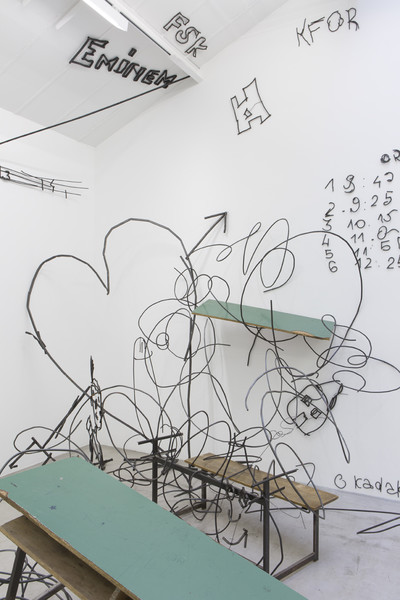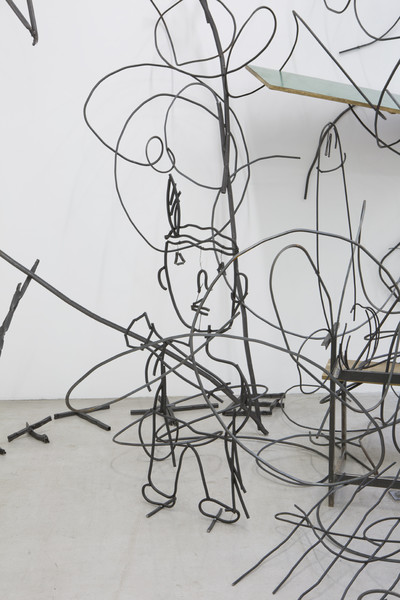
ABETARE (wallpaper installation), 2015
Wallpaper, scans of pages from the ABETARE book repeated on gallery walls
Variable dimensions
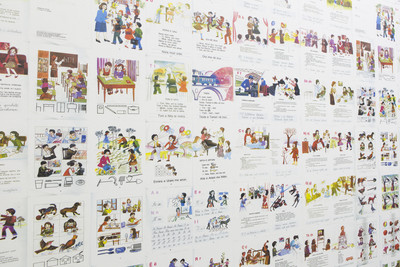
ABETARE (wallpaper installation), 2015
Wallpaper, scans of pages from the ABETARE book repeated on gallery walls
Variable dimensions
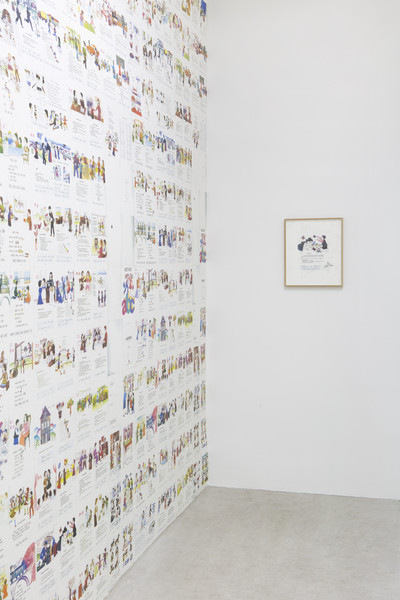
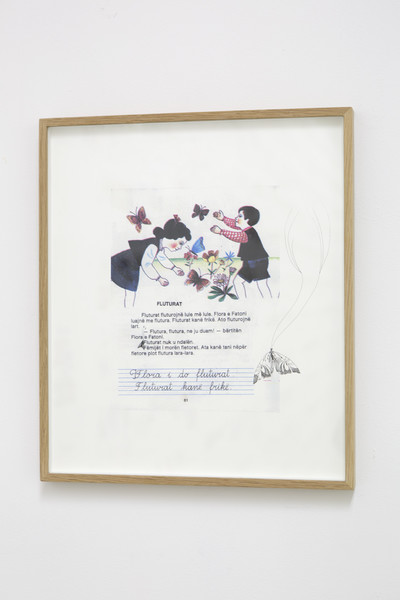
ABETARE (Fluturat), 2017
Silkscreen and ink drawing on paper
42,5 x 36,2 cm


